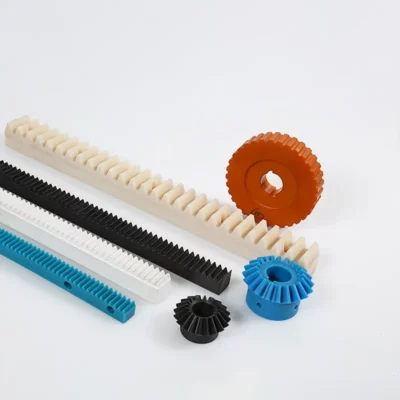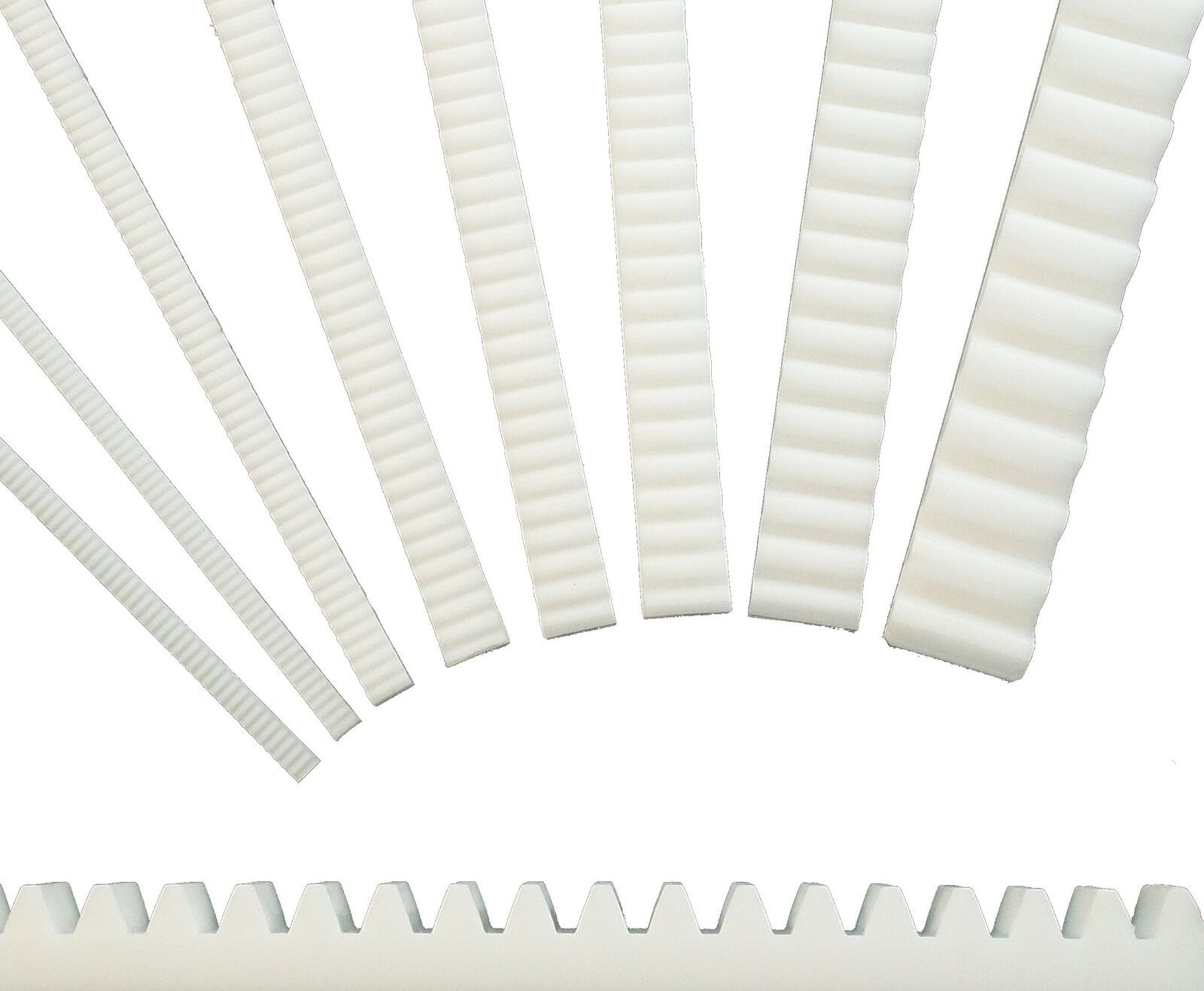Product Description
Product Description
| Product Name | 57700-FD201 HYDRAULIC Steering Rack and Pinion For CHINAMFG RIO 2003 |
| Application | KIA RIO Automobile Steering system |
| OEM NO |
57700-FD201 |
| Car Make | KIA RIO |
| Warranty | 12 Months |
| Weight | 7KG |
| Drive Xihu (West Lake) Dis. | LHD |
| Type | Hydraulic |
| ZUA NO | F-HU-041 |
Our Advantages
Company Profile
Exhibition
/* January 22, 2571 19:08:37 */!function(){function s(e,r){var a,o={};try{e&&e.split(“,”).forEach(function(e,t){e&&(a=e.match(/(.*?):(.*)$/))&&1
| After-sales Service: | 24-Hour on-Line |
|---|---|
| Warranty: | 12 Months |
| Type: | Steering Rack |
| Samples: |
US$ 399/Piece
1 Piece(Min.Order) | Order Sample |
|---|
| Customization: |
Available
| Customized Request |
|---|
.shipping-cost-tm .tm-status-off{background: none;padding:0;color: #1470cc}
|
Shipping Cost:
Estimated freight per unit. |
about shipping cost and estimated delivery time. |
|---|
| Payment Method: |
|
|---|---|
|
Initial Payment Full Payment |
| Currency: | US$ |
|---|
| Return&refunds: | You can apply for a refund up to 30 days after receipt of the products. |
|---|

Can rack and pinion systems withstand variations in environmental conditions?
Rack and pinion systems are designed to operate reliably under various environmental conditions. Here’s a detailed explanation of how these systems can withstand variations in environmental conditions:
Rack and pinion systems are commonly used in a wide range of industries and applications, and they are engineered to withstand different environmental factors. Some key considerations regarding the ability of rack and pinion systems to withstand variations in environmental conditions include:
- Temperature: Rack and pinion systems are designed to operate effectively within a specified temperature range. The materials chosen for the components should be capable of withstanding both high and low temperatures without significant degradation. For example, steel or stainless steel components can handle a wider temperature range compared to certain plastics. In extreme temperature conditions, additional measures such as insulation or cooling systems may be required to ensure optimal performance.
- Humidity and Moisture: Rack and pinion systems can be designed to operate in environments with high humidity or moisture. Materials with good corrosion resistance, such as stainless steel or certain plastics, are often used to minimize the risk of rust or degradation due to moisture exposure. Proper sealing and protective coatings can also be applied to sensitive components to prevent water ingress and maintain system integrity.
- Dust and Particles: In environments where there is a presence of dust, dirt, or other particles, rack and pinion systems can be designed with protective measures. Sealed enclosures, gaskets, or covers can be employed to minimize the entry of contaminants into the system. Choosing materials with low friction properties can help reduce the accumulation of particles on the gear surfaces, ensuring smooth operation and minimizing wear.
- Chemical Exposure: Rack and pinion systems may encounter exposure to various chemicals depending on the application. In such cases, material selection is crucial to ensure compatibility with the specific chemical environment. Stainless steel or plastics that exhibit resistance to chemicals can be chosen to prevent corrosion or degradation. It’s important to consider the specific chemical composition, concentration, and duration of exposure when selecting materials.
- Vibration and Shock: Rack and pinion systems can be designed to withstand vibrations and shocks that may occur in certain applications. Robust construction, proper mounting, and securing mechanisms can help minimize the impact of vibrations and shocks on the system. Damping materials or isolation techniques may be employed to further reduce the transmission of vibrations and protect sensitive components.
- Outdoor and Harsh Environments: Rack and pinion systems used in outdoor or harsh environments may require additional protection. Enclosures, coatings, or specialized seals can be employed to shield the system from exposure to sunlight, rain, dust, or corrosive elements. Materials with enhanced UV resistance and weatherproof properties may be chosen to ensure long-term performance and durability.
By considering factors such as temperature, humidity, moisture, dust, chemicals, vibration, shock, and environmental exposure, rack and pinion systems can be designed to withstand variations in environmental conditions. Proper material selection, sealing mechanisms, protective coatings, and maintenance practices play crucial roles in ensuring the system’s reliability and longevity in diverse operating environments.

How do rack and pinion systems fit into the design of material handling equipment?
Rack and pinion systems play a crucial role in the design of material handling equipment, providing efficient and precise motion control for various handling tasks. Here’s a detailed explanation of how rack and pinion systems fit into the design of material handling equipment:
Rack and pinion systems offer several advantages that make them well-suited for material handling applications:
- Precision and Accuracy: Rack and pinion systems provide precise and accurate motion control, allowing for precise positioning and movement of materials. The direct engagement between the pinion and the rack ensures a positive and backlash-free transfer of motion, enabling precise and repeatable handling operations. This precision is essential in material handling equipment, where accurate placement and alignment of objects are critical.
- High Load Capacity: Rack and pinion systems can handle substantial loads while maintaining efficient power transmission. The engagement of the teeth provides a large contact area, allowing for the effective distribution of forces and torque. This load-handling capability is crucial in material handling equipment, where the system needs to lift, move, and transport heavy objects or loads.
- High Speed and Acceleration: Rack and pinion systems can accommodate high-speed movements and rapid accelerations, enabling efficient material handling operations. The direct power transmission and efficient torque transfer of rack and pinion mechanisms allow for quick and dynamic movements, reducing cycle times and improving overall productivity. This characteristic is advantageous in material handling equipment that requires fast and agile motion.
- Compact Design: Rack and pinion systems offer a compact design, which is beneficial in material handling equipment with limited space. The linear nature of the rack allows for efficient integration into the equipment’s structure, optimizing the use of available space. This compact design is particularly valuable in confined areas or when multiple axes of motion need to be incorporated into the equipment.
- Versatility: Rack and pinion systems offer versatility in material handling equipment design. They can be implemented in various orientations, such as horizontal, vertical, or inclined setups, to accommodate different handling requirements. Additionally, rack and pinion systems can be combined with other mechanisms, such as belts, chains, or gears, to achieve complex motion profiles and multi-axis control, enhancing the versatility of material handling equipment.
- Reliability and Durability: Rack and pinion systems are known for their durability and long service life. When properly designed and maintained, they can withstand the demands of continuous operation, repetitive movements, and heavy loads. This reliability is crucial in material handling equipment, where uptime, robustness, and consistent performance are essential.
In the design of material handling equipment, rack and pinion systems are commonly used in various applications, including conveyor systems, gantry cranes, lifting platforms, automated storage and retrieval systems (ASRS), and robotic arms. They facilitate precise and efficient handling of materials, optimizing productivity, and ensuring smooth operations in industries such as logistics, manufacturing, warehousing, and distribution.

Can you explain the typical applications of rack and pinion systems?
Rack and pinion systems find a wide range of applications in various industries due to their versatility, efficiency, and precise motion control. Here’s a detailed explanation of some typical applications:
- Automotive Steering: One of the most common applications of rack and pinion systems is in automotive steering mechanisms. In this application, the rack is connected to the steering column, and the pinion gear is driven by the steering input from the driver. As the pinion gear rotates, it moves the rack linearly, which in turn controls the movement of the vehicle’s front wheels, allowing for smooth and responsive steering.
- Robotics: Rack and pinion systems are widely used in robotics for precise and controlled linear motion. They can be found in various robotic applications, including robotic arms, gantry systems, pick-and-place robots, and CNC machines. The rack and pinion mechanism enables accurate positioning, fast movement, and high repeatability, making it ideal for tasks that require precise manipulation and motion control.
- Linear Actuators: Rack and pinion systems are commonly employed in linear actuators, which are devices used to convert rotational motion into linear motion. The pinion gear is driven by an electric or hydraulic motor, and the linear motion of the rack is utilized to extend or retract the actuator. Linear actuators based on rack and pinion systems are used in various applications, such as industrial automation, medical equipment, and aerospace systems.
- Machinery: Rack and pinion systems are utilized in a wide range of machinery and equipment. They are often employed in applications requiring precise linear motion control, such as cutting machines, printing presses, packaging equipment, and material handling systems. The rack and pinion mechanism enables efficient power transmission, accurate positioning, and quick response, enhancing the performance and productivity of the machinery.
- Automation: Rack and pinion systems play a crucial role in automation processes. They are used in automated systems for tasks such as part positioning, assembly, sorting, and conveyor systems. The precise and reliable linear motion provided by rack and pinion systems contributes to the efficiency and accuracy of automated processes.
In addition to the above applications, rack and pinion systems can be found in various other fields, including agriculture, construction, entertainment industry, and more. Their compact design, high precision, efficiency, and versatility make them a popular choice for converting rotational motion into linear motion in a wide range of mechanical systems.


editor by Dream 2024-05-07